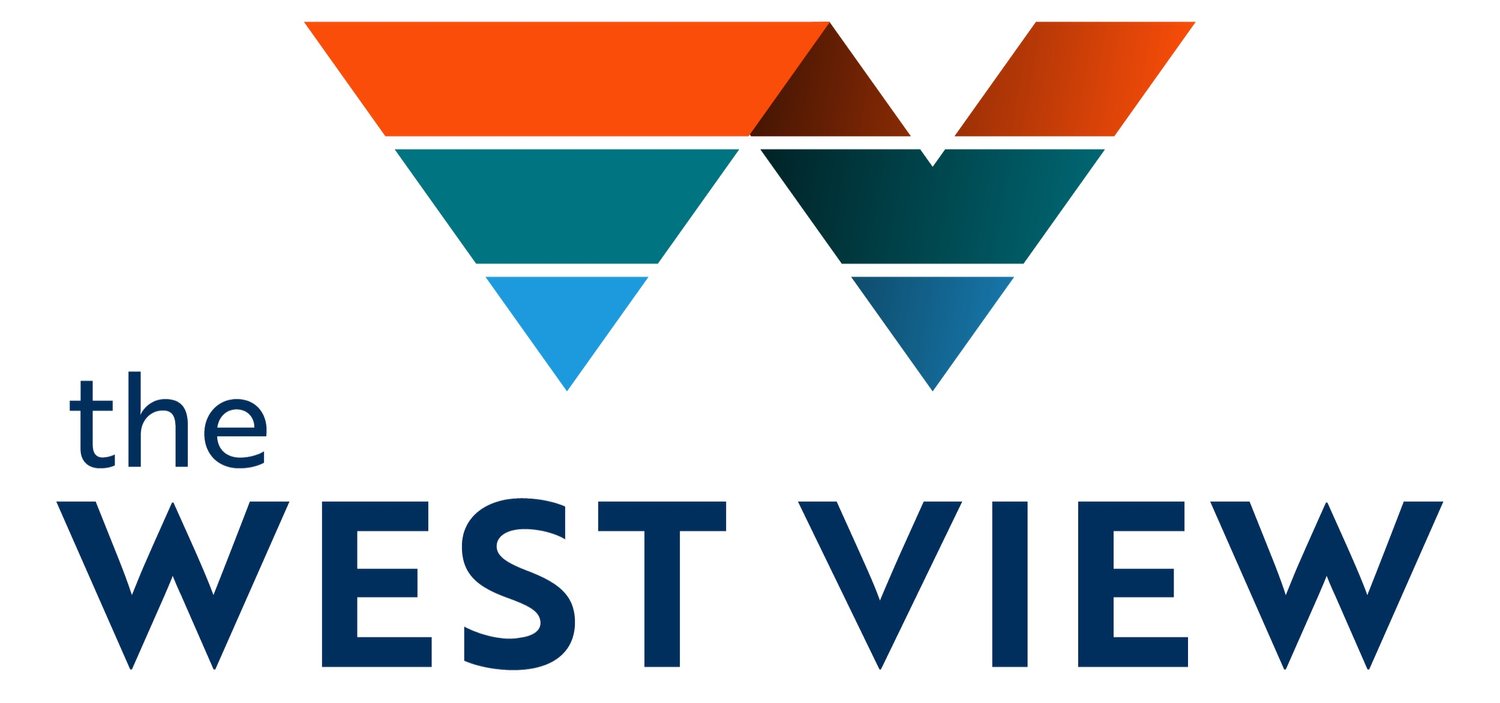Pia Okwai: Jordan River memories and possibilities
I have memories encountering local graffiti art and rubbish heaps along the Jordan River parkway. I also remember having mallard ducks, garter snakes, skunks, and muskrats as neighbors. I even saw a beaver once! I grew up seeing brave friends swim in that river searching for a cool relief from summer heat. They were risking growing an extra limb being in that water, or so we would joke. I got into the river in my youth too, along with my sister and cousin, but in a leaky kayak that was donated to us, which was quite the adventure!
The Jordan River has been dumped on, just like we were as West Side kids in this society. I was – and still am – aware of the stigma associated with this river, but I see it differently, because the river was like me, like us, and we were like the river. Rejected, ignored, exploited, but still finding ways to play and have joy, still alive and supporting life. Whose life and what life did it support before? Whose life and what life might it support again now and in the future? I share these memories as a way to remember – and to imagine something else.
I left my hometown of Rose Park eight years ago to live in Aotearoa (New Zealand). My partner and our children have primarily known that as their home. We lived in the territories of Ngāti Paoa and Ngāti Whātua Ōrākei, where we shared the place with Tūī (Passerine bird), Pīwakawaka (New Zealand fantail), and Kōtare (Australasian Sacred Kingfisher). Our kids grew up knowing local Indigenous peoples, place, and species names because of the culture there and also because we wanted to relate in that way.
“My hope is that, now that we have returned to live where I grew up, our children who still have some more growing up to do, might learn how to relate to this place with the same kind of awareness and respect they are accustomed to.”
My hope is that, now that we have returned to live where I grew up, our children who still have some more growing up to do, might learn how to relate to this place with the same kind of awareness and respect they are accustomed to. However, when I was living in Aotearoa I could google Indigenous names if they were not already in common everyday use and generally find them easily in comparison to my experience here.
One of my tasks with the Tracy Aviary’s Jordan River Nature Center is to highlight how Indigenous and social issues are also ecological and environmental ones. Indigenous knowledge of place is found in cultural traditions and language.
I have come across many different spellings for certain words, which can get confusing, but I am currently using the ones that correlate with the University of Utah’s Shoshoni Language Project, because they have a talking dictionary, which has audio recordings with correct pronunciations.
The Newe (Shoshone, Goshute) and Núuchiu (Yuta/Ute) peoples have a history that begins way before the colonial violence they have endured – and the parallel abuse that Pia Okwai (big flow or river) has endured. That history is held in Soonkahni (Many Houses, Salt Lake valley) and we must remember it as we face the dangerously low water levels of Piapaa (big water, sea, the Great Salt Lake).
This is where Puyu (mallard duck) fly, Tokoa (snake) slithers, Awahko (sucker fish) swims, Itsappeh (coyote) prowls, and Ha‘nii (beaver) dams. This place is home to all of the inhabitants of these valleys, mountains, deserts, and waterways. They remain, despite attempts of eradication; they remember, despite attempts of erasure; and they offer a deeper connection to place.
I see the name “Jordan River” as the result and consequence of a colonial legacy, while “Pia Okwai” suggests a different relationship to a natural landscape that still provides migratory cover and habitat for birds, fish, and mammals. The possibilities of not just survival, but for a more dignified life for all of us in this valley lies in the power to transform our society and improve all of our relationships here.
My parents taught me to respect my elders, all of them, including those cultures that were elder to ours in this place, and all the creatures with longer histories than our own here. My partner and I are trying to do the same for our children, instilling in them care and respect for all of our elder relations where we have lived and now live. I believe that learning and using Indigenous names for themselves, for their experience, and knowledge of this place, is a step in respecting elders of Soonkahni.
